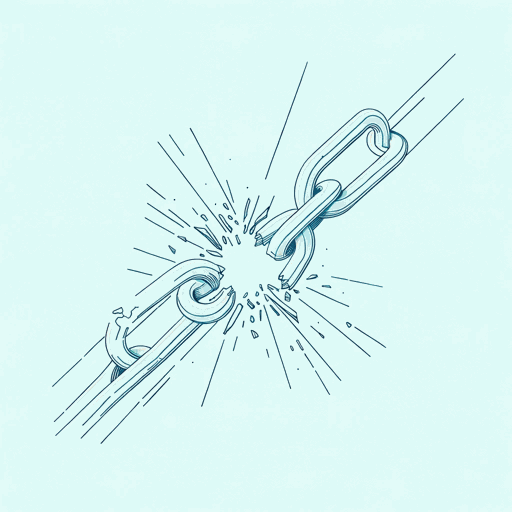43 pages • 1 hour read
B. R. AmbedkarAnnihilation of Caste
Nonfiction | Book | Adult | Published in 1936A modern alternative to SparkNotes and CliffsNotes, SuperSummary offers high-quality Study Guides with detailed chapter summaries and analysis of major themes, characters, and more.
Chapters 7-13Chapter Summaries & Analyses
Chapter 7 Summary: “The Worst Feature of the Caste System is an Anti-Social Spirit”
In the separation of the various castes, one of the most divisive attributes is the penchant for anti-social tendencies: “The literature of the Hindus is full of caste genealogies in which an attempt is made to give a noble origin to one caste and an ignoble origin to other castes” (25). This is not an anti-social spirit that isolates individual Hindus from one another but one that isolates individual caste groups from the members of other castes. The protection of the caste and its own interests is of paramount importance, and thus there is no cohesion across society between groups. This fails to make sense in the modern world, however, since the animosity that the castes hold toward one another is based in ancient disputes and bad feelings and has nothing to do with the relationship between currently living Hindu individuals.
Chapter 8 Summary: “Caste Prevents the Uplift and Incorporation of the Aboriginal Tribes”
In addition to the isolation of one caste from another, the castes are aligned in their failure to integrate with the Indian Indigenous classes, often grouped under the term Adivasis. Millions of Indigenous Indians are present in India, and Hindus have refused to integrate and cooperate with them. The reason for this lies in the fact that Hindus view their caste as something to be protected from all others, especially those they view as beneath them.

